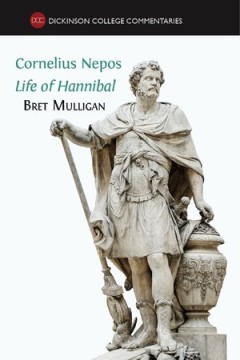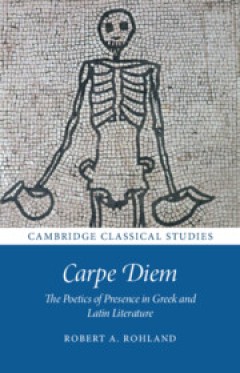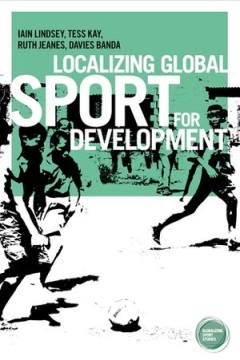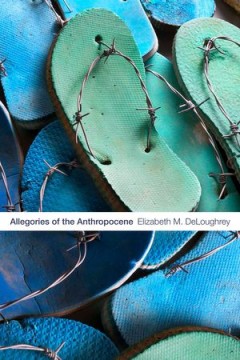Filter by

A Description of Patagonia, and the Adjoining Parts of South America
Thomas Falkner (1707–84), one-time pupil of both Richard Mead and Isaac Newton, was an English Jesuit missionary who lived for nearly forty years in South America until 1767, when he returned to England following the Jesuits' expulsion from Córdoba. Originally published in 1774 in the hope that it 'might be of some public utility, and might also afford some amusement to the curious', this is…
- Edition
- -
- ISBN/ISSN
- 9781139775472
- Collation
- -
- Series Title
- Cambridge Library Collection - Latin American Studies
- Call Number
- -

A Description of British Guiana, Geographical and Statistical
Sir Robert Hermann Schomburgk (1804–1865) was a German-born surveyor and traveller. In 1835–1839 he explored British Guiana for the Royal Geographical Society. In 1840 he was appointed to define its boundaries with Brazil, as Brazilian encroachments were wiping out native tribes. His report to the Colonial Office was published as A Description of British Guiana, Geographical and Statistical…
- Edition
- -
- ISBN/ISSN
- 9780511783586
- Collation
- -
- Series Title
- Cambridge Library Collection - Latin American Studies
- Call Number
- -

Cornelius Nepos, "Life of Hannibal" : Latin Text, Notes, Maps, Illustrations …
Trebia. Trasimene. Cannae. With three stunning victories, Hannibal humbled Rome and nearly shattered its empire. Even today Hannibal's brilliant, if ultimately unsuccessful, campaign against Rome during the Second Punic War (218-202 BC) make him one of history's most celebrated military leaders. This biography by Cornelius Nepos (c. 100-27 BC) sketches Hannibal's life from the time he began tra…
- Edition
- -
- ISBN/ISSN
- -
- Collation
- -
- Series Title
- -
- Call Number
- 400 MUL c

Seneca's Characters: Fictional Identities and Implied Human Selves
Karakter Seneca membahas salah satu elemen sastra yang paling bertahan lama dan paling tidak berteori: karakter fiksi dan hubungannya dengan manusia yang sebenarnya kedirian. Di mana letak batas antara karakter dan pribadi? Meskipun karakter yang kita temui dalam teks jelas bukan orang yang 'nyata', mereka tetap memilikinya kualitas seperti orang yang merangsang perhatian dan keterlibatan kita.
- Edition
- -
- ISBN/ISSN
- 9781108770040
- Collation
- -
- Series Title
- -
- Call Number
- T 872.01 BEX s

Carpe Diem: The Poetics of Presence in Greek and Latin Literature
This is a book about pleasure. It is a particular pleasure to acknowledge the debts I have incurred when writing this book. My greatest debt is to the two supervisors of the Cambridge dissertation on which this book is based; I owe a great deal to my Doktormutter Emily Gowers for her generosity, learnedness, and inspiration. Every page benefited from her advice. I also owe a great deal to Rich…
- Edition
- -
- ISBN/ISSN
- 9781009039789
- Collation
- -
- Series Title
- -
- Call Number
- 874.01 ROH c

Localizing global sport for development
Drawing on nearly a decade of wide-ranging, multidisciplinary research undertaken with young people and adults living and working in urban communities in Zambia, this jointly-authored book extends existing understandings of the use of sport to contribute to global development agendas has burgeoned over the last two decades. The book’s locally-centred and contextualized analysis represents an …
- Edition
- -
- ISBN/ISSN
- 9781526104991
- Collation
- -
- Series Title
- -
- Call Number
- -

Energopolitics Wind and Power in the Anthropocene
Between 2009 and 2013 Cymene Howe and Dominic Boyer conducted fieldwork in Mexico's Isthmus of Tehuantepec to examine the political, social, and ecological dimensions of moving from fossil fuels to wind power. Their work manifested itself as a new ethnographic form: the duograph—a combination of two single-authored books that draw on shared fieldsites, archives, and encounters that can be pro…
- Edition
- -
- ISBN/ISSN
- 9781478003137
- Collation
- -
- Series Title
- -
- Call Number
- -

Ecologics Wind and Power in the Anthropocene
Between 2009 and 2013 Cymene Howe and Dominic Boyer conducted fieldwork in Mexico's Isthmus of Tehuantepec to examine the political, social, and ecological dimensions of moving from fossil fuels to wind power. Their work manifested itself as a new ethnographic form: the duograph—a combination of two single-authored books that draw on shared fieldsites, archives, and encounters that can be pro…
- Edition
- -
- ISBN/ISSN
- 9781478003199
- Collation
- -
- Series Title
- -
- Call Number
- -

Allegories of the Anthropocene
In Allegories of the Anthropocene Elizabeth M. DeLoughrey traces how indigenous and postcolonial peoples in the Caribbean and Pacific Islands grapple with the enormity of colonialism and anthropogenic climate change through art, poetry, and literature. In these works, authors and artists use allegory as a means to understand the multiscalar complexities of the Anthropocene and to critique the v…
- Edition
- -
- ISBN/ISSN
- 9781478004103
- Collation
- -
- Series Title
- -
- Call Number
- -

Indian Water in the New West
Brings together the views of engineers, lawyers, ecologists, economists, professional mediators, federal officials, an anthropologist, and a Native American tribal leader--all either students of these processes or protagonists in them--to discuss how the legitimate claims of both Indians and non-Indians to scarce water in the West are being settled.
- Edition
- -
- ISBN/ISSN
- -
- Collation
- -
- Series Title
- -
- Call Number
- -
 Computer Science, Information & General Works
Computer Science, Information & General Works  Philosophy & Psychology
Philosophy & Psychology  Religion
Religion  Social Sciences
Social Sciences  Language
Language  Pure Science
Pure Science  Applied Sciences
Applied Sciences  Art & Recreation
Art & Recreation  Literature
Literature  History & Geography
History & Geography